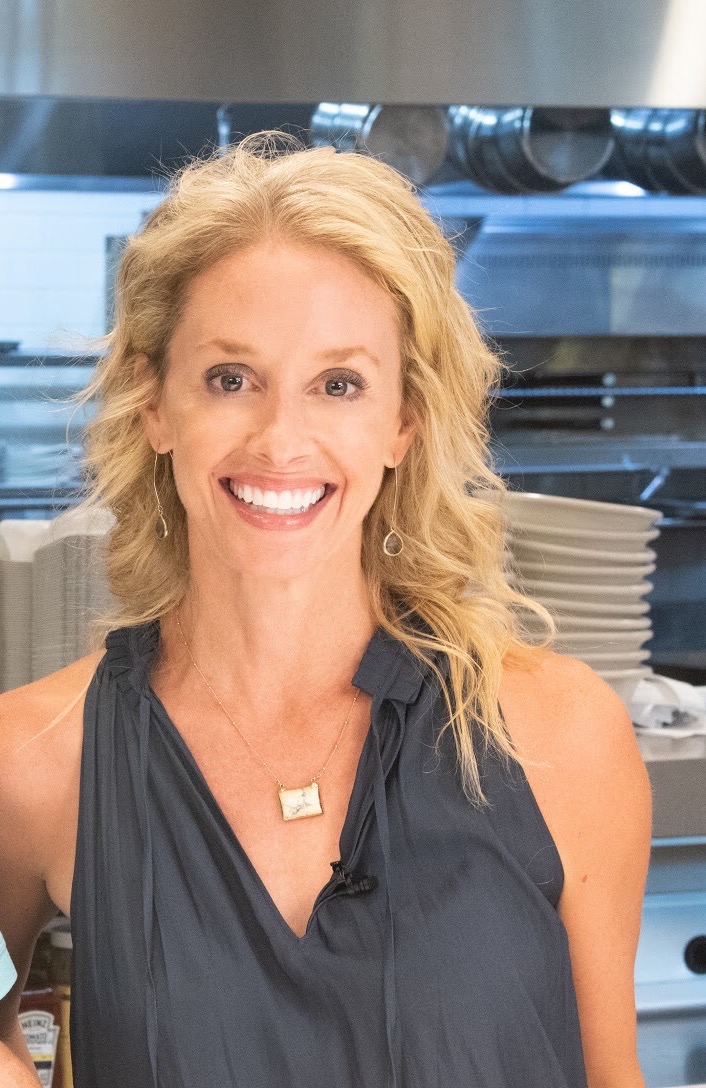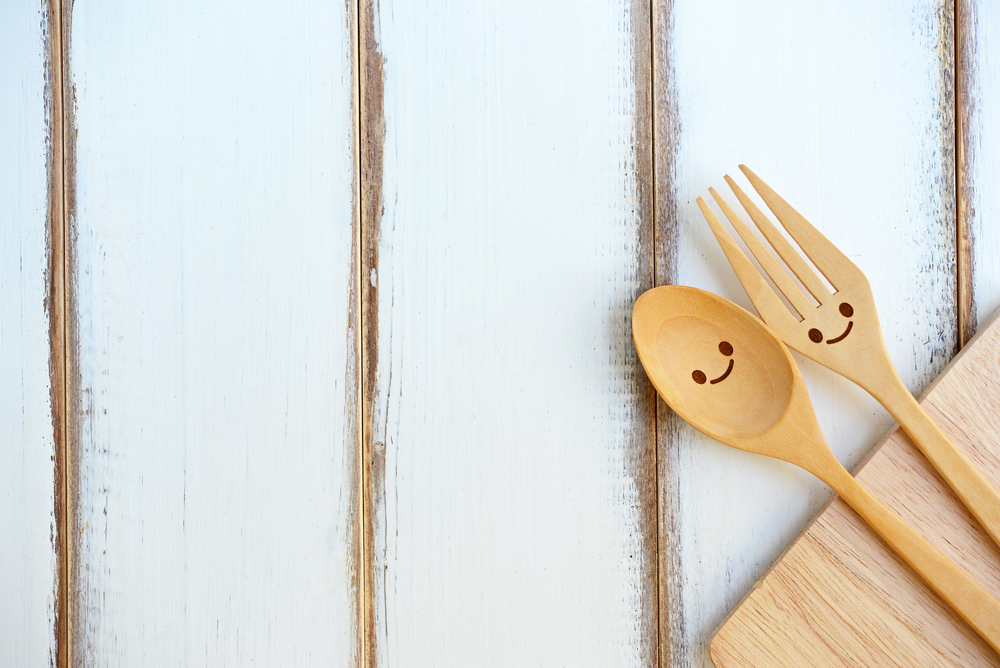Addiction is a strong word, especially when it comes to food. But it’s also a fitting word for what so many people experience: Cravings so intense that we feel powerless, hopeless and out of control, with multiple failed attempts to get a handle on things.
So it can be incredibly validating to know that our emotional and physical responses to certain foods are very real, and very powerful.
What is it within us that makes these cravings so all-consuming, giving them such a hold on our otherwise rational minds?
For many of us, cravings are an acquired habit. Though it feels very primal, like we’ve experienced these cravings all of our lives, it turns out that they’re strongly influenced by our environment and experiences. What we see, hear or smell, or even certain locations, times of day, or memories can subconsciously trigger cravings.
From ice cream to chocolate to French fries to pasta, these infamous “trigger” foods actually stimulate our brains in much the same way that drugs like cocaine and amphetamines do, providing a temporary relief of feelings of anxiety or depression. In fact, even simply reading these words above can trigger a response of desire, craving, or even cause your mouth to water – all of which are normal, natural reactions.
And whether you crave sweet or savory, crunchy or creamy, these carb-rich foods all elicit a similar response from our brains and bodies.
Carbohydrates alone can result in a rollercoaster of energy and blood sugar levels, but it’s when these carbs are combined with salt and fat that things really start to get dicey.
Researchers have found that this combination of carbs (especially sugar), fat and salt activates the part of our brain that increases our desire to eat more.
And most of our can’t-stop-at-just-one-bite crave-worthy foods contain this wickedly magical trio. Think about it: When is the last time you just couldn’t stop yourself when it came to lean proteins like grilled chicken or fish? Or non-starchy vegetables like spinach or broccoli? Almost never.
But cookie dough, chips, chocolate? Sugar, fat, salt.
Pastries, pizza, pasta? Carbs, fat, salt.
Our brains are hard-wired to repeat the behaviors that bring us a positive reward. These foods light up the neural circuits in the pleasure center of our brain, quite literally impacting us in the same way as addictive drugs.
Stress – and the corresponding elevated levels of stress hormones pumping through our bodies – can increase our cravings for high-fat, high-calorie foods. These foods give us the fleeting rush of “feel-good” chemicals such as serotonin and endorphins, which further solidifies our brain’s association of food with pleasure.
We also eat as a distraction from stress. Whatever negative thoughts and emotions are simmering inside – feeling overwhelmed, frustrated, lonely – it’s easy to find ourselves mindlessly eating as a way to numb out, to turn down the noise swirling through our heads, though it’s of course only temporary.
Going long periods of time without eating can also cause cravings. When our blood sugar levels drop, we often reach for high-calorie foods, instinctively looking for a quick boost of energy. Same thing happens when we’re exhausted: we instinctively look to food – and usually carbs – for a pick-me-up when what we really need is to rest and recharge.
So it’s not all in your head. And it doesn’t make you weak, nor a failure. There’s a legitimate, physiological reaction that occurs when we give in to these carb cravings.
Unfortunately, these carb-fat-salt foods are everywhere. And the reality is that we live in a society of convenience so they can now even appear right on our doorstep, thanks to restaurant and grocery delivery apps.
So it’s up to us to accept ownership of our behaviors and develop strategies to improve our actions, reactions and relationships related to food.
What to do about it:
Try to pinpoint what triggers your cravings. Digging deep to find where these feelings are coming from is the first step in developing strategies to manage them.
Are your cravings related to a specific place or time of day, such as swinging through the drive-thru or convenience store on the way home from work – or perhaps you’re looking for a distraction from the internal chatter or negative self-talk?
Tune in to what events or emotions precipitate those episodes of seemingly irrepressible cravings. Keeping a food log can help. If journaling doesn’t come naturally for you, try talking through your patterns with a trusted friend or health professional.
Plan ahead for your day, taking into account where you’ll be and what will be available. Think about to what you’ll be eating for meals and snacks, and also how you’ll handle potential situations that involve the foods you crave. Set yourself up for success for when these cravings inevitably strike by surrounding yourself with go-to nutritious options in your kitchen, desk, car, purse, etc, so you’re not caught off guard.
The bottom line: Dismissing true food struggles as “stress eating” or carb cravings simply gives us an easy out, an excuse to continue with the same destructive patterns – it doesn’t do anything to solve the issue. Getting a handle on our relationship with food takes time, but there’s no doubt that it’s worth the self-exploration and growth.
Molly Kimball, RD, CSSD is a registered dietitian + nutrition journalist in New Orleans. Tune in to her podcast, FUELED | Wellness + Nutrition and follow her on Facebook, Instagram and Twitter at @MollyKimballRD. See more of Molly’s columns + TV segments at www.mollykimball.com.


